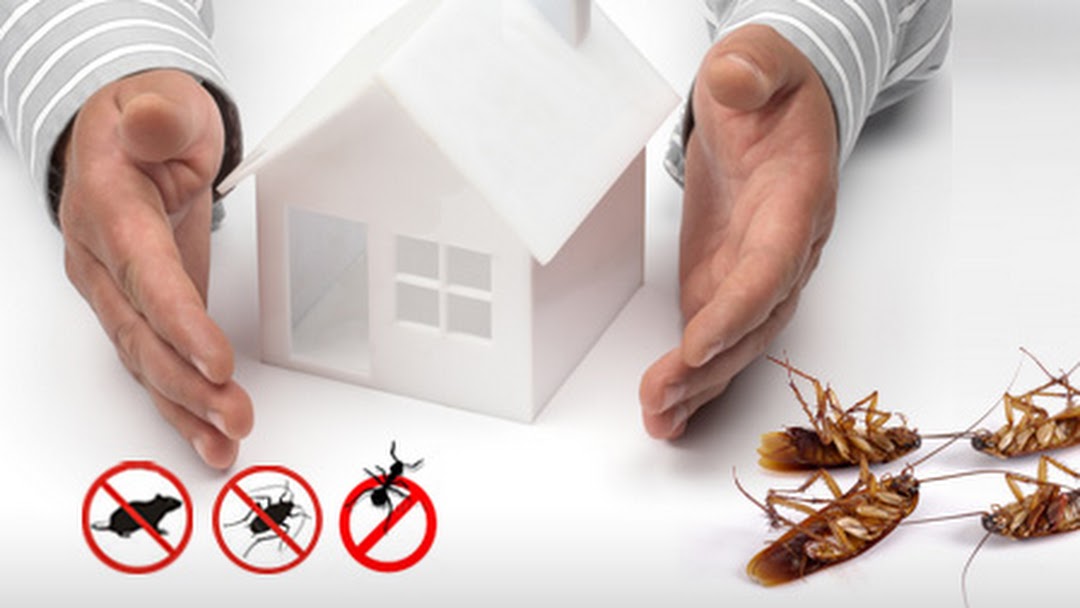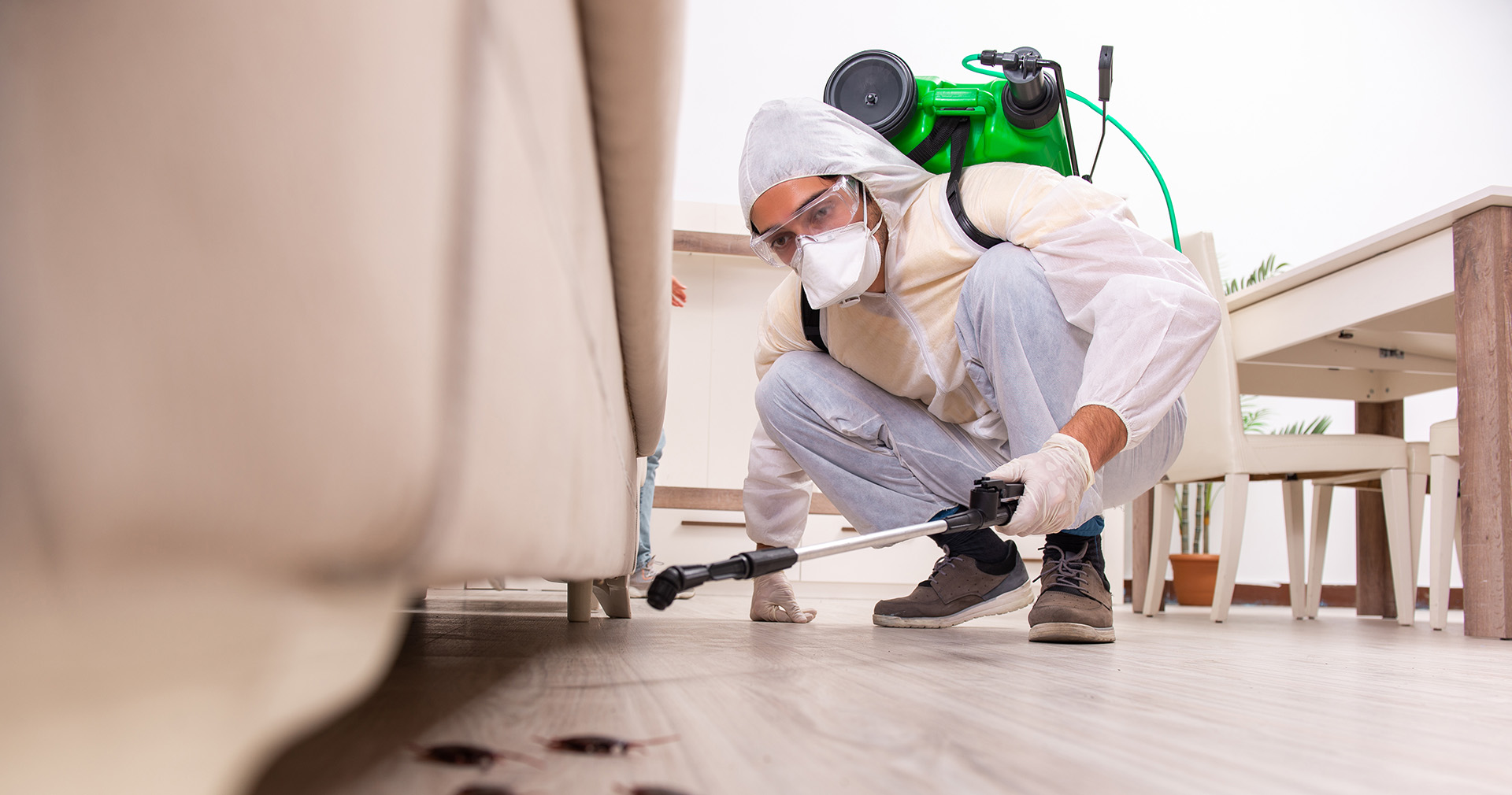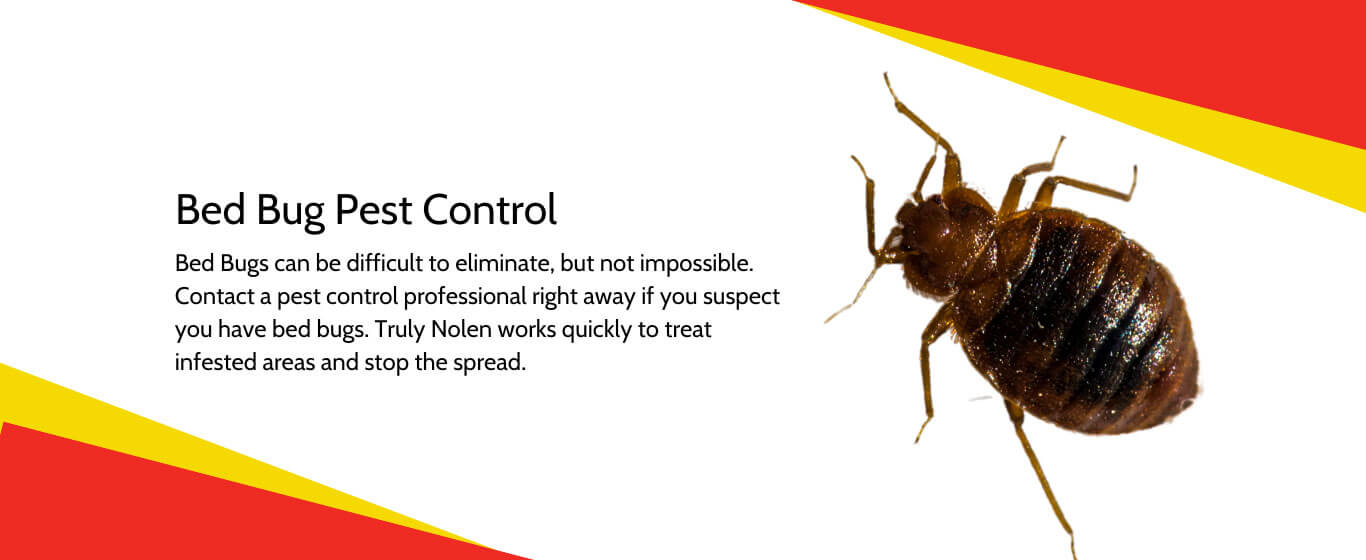Safe and Dependable Bug Control for Lasting Defense
Efficient bug administration needs a diverse method that balances ecological stability with the need for efficient parasite suppression. The nuances of these approaches might not be instantly clear, prompting a more detailed exam of the practices that can lead to sustainable insect control outcomes.
Recognizing Insect Control Approaches
Bug control includes a variety of approaches targeted at managing and eliminating undesirable insects and rats that can threaten both health and home. Understanding these approaches is critical for efficient pest monitoring.
The main categories of bug control methods consist of mechanical, biological, and chemical methods. Mechanical methods include physical barriers and traps to avoid bug entrance and capture unwanted species. Making use of screens on windows or using sticky catches can considerably minimize insect populaces without presenting hazardous compounds - exterminator coquitlam.

Chemical pest control is frequently the most acknowledged approach, making use of chemicals to remove parasites. These chemicals can be reliable yet need to be made use of with care to stay clear of adverse results on non-target varieties and the atmosphere.
Advantages of Eco-Friendly Solutions
How can green solutions transform bug control practices? The fostering of environmentally friendly parasite control techniques offers countless advantages, considerably boosting the effectiveness and safety and security of insect administration.

One more benefit is the favorable influence on local biodiversity. Environment-friendly remedies are developed to target certain insects while preserving useful bugs and wild animals, advertising a balanced ecological community. This approach aligns with the growing consumer demand for sustainable methods, boosting the reputation of pest control suppliers.
Integrated Parasite Monitoring Approaches
The implementation of environment-friendly options normally causes the fostering of Integrated Bug Administration (IPM) techniques, which better enhance pest control efficiency. IPM is an all natural strategy that incorporates several techniques to take care of bug populaces while reducing environmental impact. This approach stresses using organic, cultural, mechanical, and chemical controls, guaranteeing a balanced and lasting method of pest monitoring.
One essential element of IPM is the comprehensive assessment of parasite task and ecological conditions. By keeping track of bug populaces and recognizing their life process, professionals can execute targeted treatments that interrupt the insect's habitat or lifecycle, lowering dependence on chemical pesticides. Furthermore, cultural techniques such as crop turning and habitat manipulation can significantly reduce insect facility and reproduction.
An additional critical part is the use of organic control agents, such as valuable bugs or microorganisms, which can normally reduce parasite populations. When chemical applications are essential, IPM prioritizes using low-risk pesticides and applies them selectively, lessening exposure to non-target organisms and human beings.
Incorporating IPM methods not only improves bug control effectiveness however additionally promotes a much safer ecological community, straightening with the expanding demand for sustainable techniques in pest administration.
Safe Practices for House Owners
Understanding the value of safe methods in bug control can encourage property owners to successfully take care of pest problems while safeguarding their health and wellness and the atmosphere. Carrying out safe approaches and preventive procedures is essential in decreasing exposure to dangerous chemicals.
House owners need to initially examine their environment for conditions that attract pests, such as standing clutter, water, and food waste. On a regular basis cleansing and sealing entry points can hop over to here discourage parasites from attacking the home. Utilizing natural deterrents, such as essential oils or diatomaceous earth, can give reliable options to chemical pesticides.
When chemical therapies are essential, house owners must go with items that are specifically identified as secure for domestic usage. It is necessary to follow application standards diligently to prevent too much exposure. Additionally, utilizing targeted treatments in areas where parasites are determined, instead than blanket splashing, can dramatically decrease chemical use.
Lastly, maintaining open communication with insect control specialists is crucial. Homeowners ought to ask about the safety of items utilized and request environment-friendly alternatives whenever feasible. By taking on these secure practices, property owners can create a much healthier living environment while effectively taking care of pest issues.

Tips for Long-Term Security
Developing an insect administration technique that stresses long-term defense can considerably boost the performance of the risk-free methods discover this info here formerly reviewed. To attain this, homeowners should apply normal inspections of their residential property, concentrating on hidden you can try here areas such as attic rooms, basements, and crawl rooms. Early detection of parasite task is essential in avoiding infestations from taking hold.
These methods decrease attractants that draw insects right into the home. Sealing access factors, such as splits around doors and windows, can successfully obstruct possible bug access.
Landscaping needs to likewise be thought about; maintaining plants cut and maintaining a range in between plant life and the home decreases hiding spots for parasites. Using all-natural deterrents, such as vital oils or diatomaceous planet, can further discourage problems without considering severe chemicals.
Lastly, teaming up with an expert insect control solution for routine assessments can give an extra layer of safety and security. These specialists can provide tailored suggestions and progressed therapies, making certain that your home continues to be safeguarded versus pests in the lengthy term.
Final Thought
In final thought, safe and reputable insect control needs a multifaceted approach that highlights green techniques and integrated parasite management. By applying natural deterrents, carrying out routine assessments, and maintaining appropriate cleanliness, homeowner can dramatically reduce pest populations while shielding advantageous bugs and the atmosphere. Partnership with expert bug control solutions boosts the performance of these approaches, ensuring tailored solutions that provide long lasting protection and comfort against future infestations.
Effective insect administration requires a multifaceted strategy that stabilizes eco-friendly stability with the requirement for effective insect suppression. The fostering of environment-friendly bug control methods offers countless benefits, substantially boosting the efficiency and safety of pest management.The application of eco-friendly solutions naturally leads to the fostering of Integrated Pest Administration (IPM) methods, which better boost bug control efficiency. exterminator coquitlam. By keeping an eye on pest populations and identifying their life cycles, practitioners can apply targeted interventions that disrupt the insect's habitat or lifecycle, decreasing reliance on chemical pesticides.In final thought, reputable and secure insect control needs a multifaceted approach that highlights eco-friendly techniques and incorporated pest monitoring